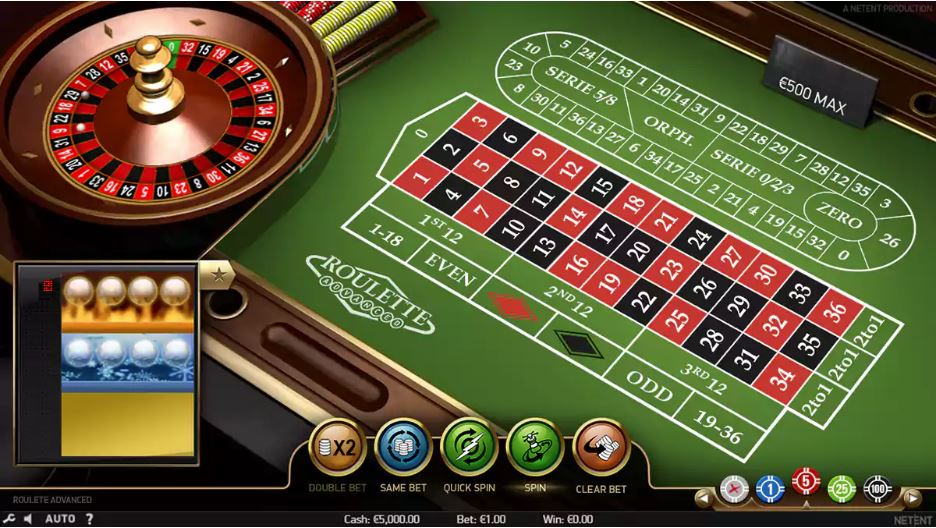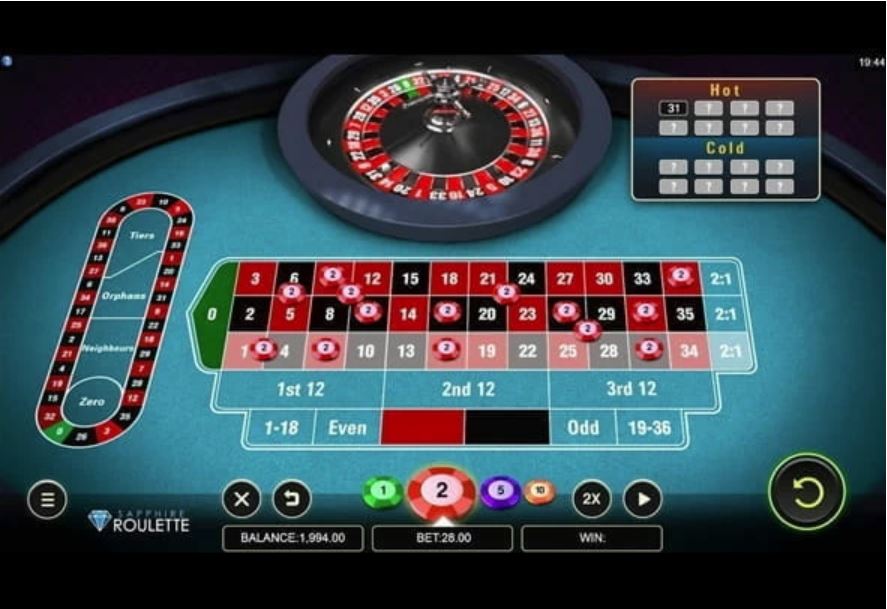Roulette Strategies
Although roulette odds and payouts will always remain the same according to the rules of the variant you’re playing, the game has attracted several betting strategies over the years. Following these systems is in no way a guarantee of winning, but can provide some helpful guidance on how to structure wagers and approach the wheel at real money gambling sites. We’ve briefly explained the most famous betting strategies below.
Martingale
The Martingale system is designed to eventually recoup all lost bets from one win. It can only be applied to roulette players making even money bets, since there’s a high chance that the bet will come good at some point.
Players following Martingale will double their bets after each loss, meaning that a win will recover the amount of all previous losses. Although the logic appears sound, this strategy can run into trouble in two ways: first, there’s only a certainty of winning if players have infinite wealth; second, if there are betting limits at the table, players may hit the bet limit cap before they’ve recovered their losses. Players following the Martingale system would therefore be better off finding a high stakes roulette game.
Labouchère
The Labouchère system begins with players writing down a sequence of numbers, such as one, two, and three. Each bet that’s placed should be equal to the sum of the first and last numbers in the sequence, so in the example given here, this would be £4 (1 + 3). If the wager is successful, players remove the numbers from the sequence; if the wager is lost, players add the staked amount to the end of the sequence. If players are ever left with just one number in their sequence, they simply bet that amount.
The idea here is that Labouchère disciples can make a profit by winning fewer bets than they lose at gambling sites. Like Martingale, this system only works on even money propositions, and players’ bankrolls will suffer badly if they fall into a losing streak.
D’Alembert
Rather than increasing bets after each loss – as is the case with Martingale – the D’Alembert system does the opposite. Let’s say you agreed on a base unit stake of £1: if that bet lost, you’d increase the next bet by one unit, so £2; if that bet loses, it rises to £3, and so on. By contrast, any winning bets decrease the unit, so a win at £3 would lead to a wager at £2 on the next spin of the wheel.
The theory behind D’Alembert’s system is that it gives players greater control over the influence of streaks in the short-term. With the Martingale system, things can spiral out of control quickly following a losing streak when the stakes are raised, but D’Alembert better mitigates against this risk by only increasing the bet amount by one unit following a loss. Again, this system only applies to even money wagers.
Fibonacci
The Fibonacci sequence is a set of numbers that regularly appears throughout nature. Naturally, it’s been appropriated to form a roulette betting strategy, which players can take to their online casino. The Fibonacci sequence begins with zero and one, and continually adds the two adjacent numbers together to reach the sum of the next number, as follows:
0 1 1 2 3 5 8 13 21 34 55 89 144 and so on
At the roulette wheel, these numbers are substituted for betting units. Players don’t have to start at one, so long as they follow the correct sequence from wherever they begin. Fibonacci players increase their wager when they lose – which means moving forward along the sequence – and move back two steps when they win.
Fibonacci is another system only to be used on even money bets. It’s known for being a conservative betting strategy but, as ever, this always comes down to the luck of the spin.


















